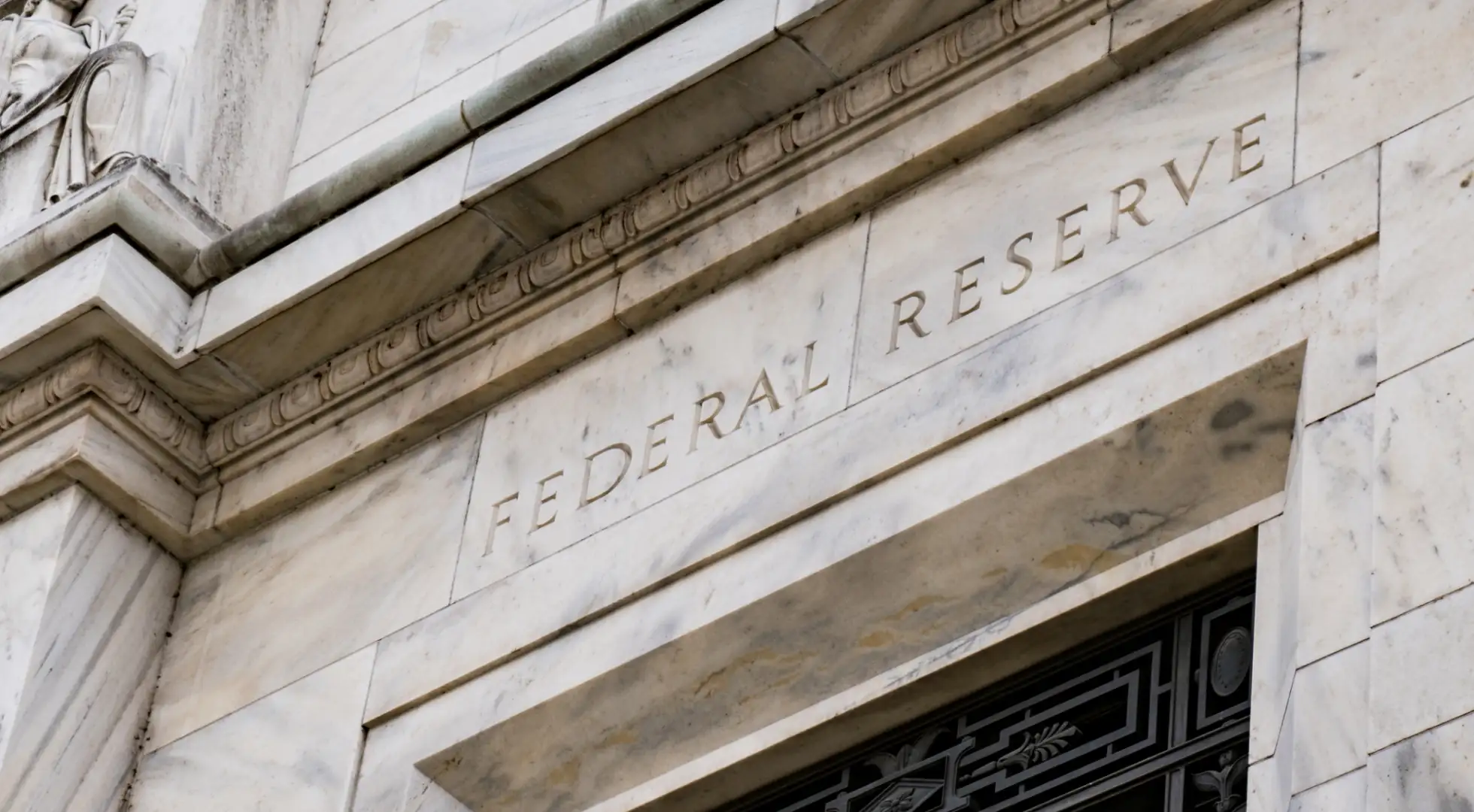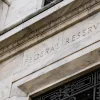Fed Is `Talking About Talking About’ Tapering Mortgage and Treasury Purchases

Federal Reserve Chairman Jerome Powell said policymakers didn’t discuss winding down their bond-purchasing program at their two-day meeting this week. But, they did agree to address next month the tapering of asset buying that has pushed mortgage rates to record lows.
“You can think of this meeting that we had as the ‘talking about talking about’ meeting,” Powell told reporters in a one-hour press conference. The next gathering of Fed policymakers is July 27 and 28.
Since last year, the Fed has been purchasing $80 billion of Treasuries and $40 billion of mortgage-backed securities a month to stimulate demand in the bond markets, which lowers borrowing costs. In early January, the average U.S. rate for a 30-year fixed mortgage fell to an all-time low of 2.65%, according to Freddie Mac. Last week, it was 2.96%.
Powell said the Fed will give advance notice before announcing a decision regarding tapering, as he sought to reassure bond markets already jittery about last week’s inflation data showing May consumer prices surged at the fastest pace since 2008.
The Fed chairman reiterated the central bank’s position that higher inflation is due to comparisons to a year ago when much of the country was in lockdown because of the Covid-19 pandemic.
“As you know, we do think that these are temporary factors and that they’ll wane,” Powell told reporters, referring to inflation. “We can’t be absolutely sure about the timing of that, and we’re prepared to use our tools as appropriate.”
Policymakers indicated hikes to the central bank’s overnight lending rate, used as a benchmark for products such as business loans and home equity mortgages, could come as soon as 2023, after saying in March that they saw no increases until at least 2024.
Boosting the Fed’s overnight lending rate at a quicker-than-expected pace would make borrowing more expensive for businesses, including homebuilders. It could also push mortgage rates higher by influencing the bond traders who decide what yields are acceptable for their investments in securities backed by 15- and 30-year home loans.
Yields on 10-year Treasury notes, which serve as a benchmark for mortgage rates, rose from an almost three-month low after the release of the Fed statement, as investors took the earlier timetable as an indication the economy was heating up at a pace faster than expected.
“Lift-off is well into the future,” Powell told reporters, referring to a potential rate increase. “We’re very far from maximum employment, for example.”
Kathleen Howley has more than 20 years of experience reporting on the housing and mortgage markets for Bloomberg, Forbes and HousingWire. She earned the Gerald Loeb Award for Distinguished Business and Financial Journalism in 2008 for coverage of the financial crisis, plus awards from the New York Press Club and National Association of Real Estate Editors. She holds a degree in journalism from the University of Massachusetts, Amherst.




